I have lived in five states — three in the Midwest, and Arizona and now California out West. Never have I seen such terrible tree pruning as in Southern California, which adds an assault to the precious little rainfall we receive – 7 inches this season.
Turns out it’s been the case for awhile. According to our esteemed local historian in Redlands, Larry Burgess, our town founders Ed Judson and Smiley brothers warned about severe tree pruning. “They were concerned about the number of trees dying as a result of owners’ well intentioned care. And that was 100 years ago,” Burgess said. And while the City used to employ staff whose specific task was caring for our trees, “today no such employees are on contract and the fate of trees is largely left up to the unknowing [residents using ignorant] ‘cut and slash’ firms.”
“Even a licensed tree contractor isn’t required to know anything about trees. The typical tree pruner who knocks on your door is not aware of the standards and doesn’t think they’re doing poor jobs.”
Paul Chaney, ISA certified arborist, First Arbor Care.
What’s the problem?
Here’s the problem — “Even a licensed tree contractor isn’t required to know anything about trees,” says International Society of Aboriculture (ISA) certified arborist Paul Chaney with First Certified Arbor Care. “The typical tree pruner who knocks on your door is not aware of the standards and doesn’t think they’re doing poor jobs.”
To help people understand the impact of over-pruning, I tapped Chaney, our long-time arborist, to comment on a recent pruning job done by Fernando’s Tree Service.
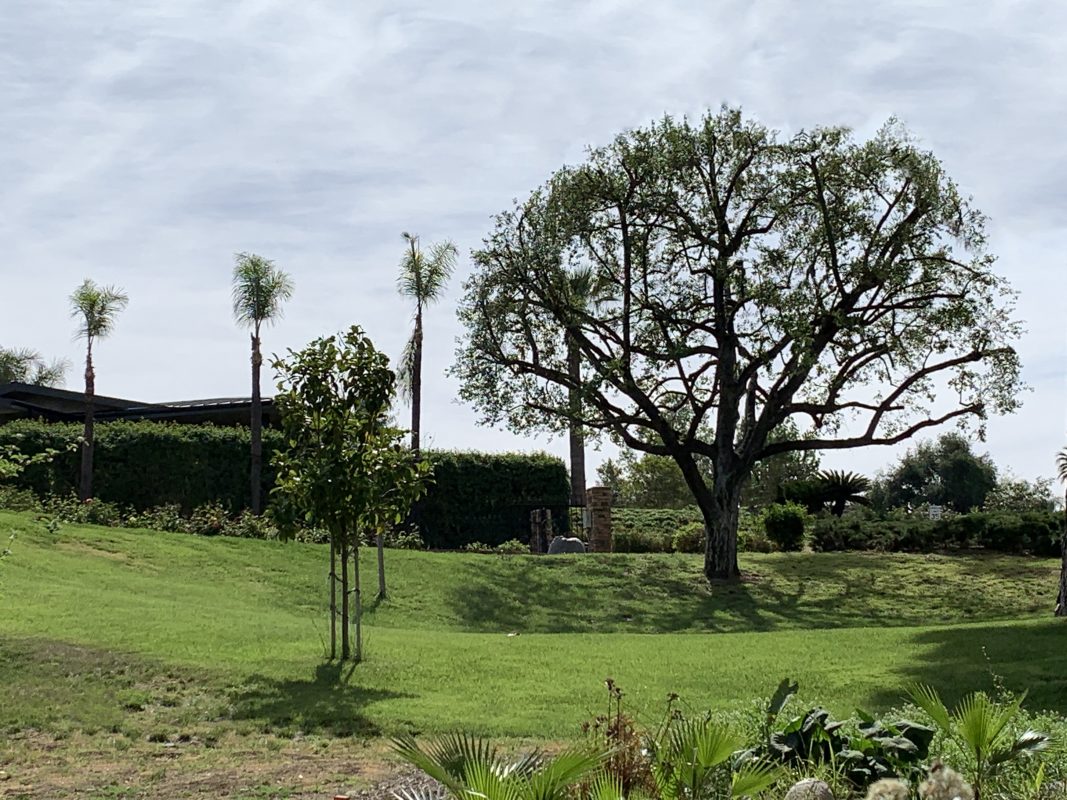
Q and A — What’s Wrong with the Photo Above
Q: I was alarmed to see how the amount of foliage coming off the oak – your take?
This type of pruning is very damaging. The coast live oak in the photo shows about 85-90% of live tissue being removed. The accepted maximum percentage of live tissue that should ordinarily be removed from any tree is 20% in any one growing season. For large, mature trees, like this one, the maximum amount is about 5%. It is not a professional practice nor according to the tree care industry professional standards. This type of work is done in ignorance of trees’ physiology and anatomy.
The accepted maximum percentage of live tissue that should ordinarily be removed from any tree is 20% in any one growing season. For large, mature trees, like this one, the maximum amount is about 5%
Paul Chaney, ISA certified arborist
Q: Why is this so damaging?
The removal of the photosynthetic leaf surface is equivalent to cutting the tree’s energy income. The tree is an energy-economic system, with the sunlight energy being captured, by photosynthesis, in the carbon bonds of sugar. Sugar is the energy-money of organic life. Could you tolerate an 85% cut in your income? When the tree loses so many leaves, it has to rely on its energy savings account, which is starch stored in the remaining twigs, branches, and other stem and root tissue, to grow new leaves and branches, and to keep its cells alive.
It also exposes bark to direct, hot sunlight. It reduces transpiration flow through the xylem, so the cooling effect of this flow on the bark is diminished or eliminated. The bark tissue overheats and dies, causing decaying cavities to develop on the upper sides of the branches.
Q: Will pruned trees like this recover?
With this high percentage of energy-capturing foliage removed, the tree likely will not be able to mobilize enough energy, so parts of the woody structure will die. When both above-ground and below-ground tissues die, the de-composers and pathogens move in…. so over-pruning can cause root loss, root decay, and more disease due to insect, bacterial, and fungal invasion of both dead and living tissue.
You could say that the tree’s health insurance policy has been cancelled and that all the doors of its house have been opened to thieves and murderers.
Q What are other types of over-pruning?
Topping is the indiscriminate cutting of main branches and leaves large wounds open to decay at the top, and also prompts the growth of weak branches that need continual attention.
Lion’s tailing, where a large number of inner branches are removed, leaving long limbs with puffs of foliage at the end, predisposes the tree to branch failure 10 to 25 years in the future. Too many tree owners have been conditioned to believe that they need to see the interior trunks and branches–and that it looks ‘so pretty’ that way. As above, removal of a large portion of the tree’s foliage is akin to a family wage earner taking a cut in pay.

A lions tailed tree weakens a tree long-term 
These were once majestic pecan trees that were topped in 2016 by a previous neighbor 
Now the current owner must deal often with the weak growth that results 
Another neighbor’s “topped” eucalyptus that ended up being removed after declining rapidly 
A good purning job
Q: I often see ‘rooster-tailed’ palms, leaving only a few upright fronds. Please comment on palm pruning?
The queen palms in the photo above show about 20% of normal leaves. Over-pruning palms results is disease transmission and susceptibility to fungal pathogens and borers, as well as a narrowing of the trunk due to reduced energy. Note how a remaining palm frond has already been knocked down by wind. Palm tree pruning standards include the removal of dead leaves, flowers, fruit, and dead, loose leaf bases. No green leaves should be removed.

Properly pruned palms 
‘Rooster-tailed palms create stress, narrowing of the trunk, and risk major damage
Q: How to find a good tree pruner?
Hire a company with an ISA certified arborist, which requires many years of training and passing an exam. And make sure they’re onsite. Chaney and other certified arborists support asking for photos of jobs and proof of a business license with the City. Beware the lowest bid. Ironically, a properly pruned tree doesn’t require pruning for many years, while these over-pruned situations require more work — and cost – in the long run. And consider deferring pruning until fall. Birds are actively nesting and are protected by two California regulations, which is why Audubon suggests pruning September through January.
For more info:
- Find an Arborist – Trees are Good website
- International Society of Aboriculture ISA website
- More info from Paul Chaney on rapid growth and weak trees: “When the tree does produce new growth to recuperate its energy-capturing leaf surfaces, the stems sprout from the surface of the branches. These are called epicormic sprouts, or sprouts on the outside of the stem. They have no knot, or branch core, to anchor them to the parent branch. Rapid regrowth produces long, weak sprouts with attachments only to the surface of the parent branches. Those attachments do build up over time, but initially, they are subject to just peeling off due to their weight and leverage.”
- Paul Chaney, First Certified Arbor Care, Certified Arborist WC-0135 | Lic. 525283San Bernardino CA – Phone 909-880-1131 or email – [email protected]
- Tree Trimming and Bird Nesting Brochure – why pruning September through January is best. And a previous article of mine listing bird nesting times
- My article on palm pruning 101
- More from Paul Chaney on the damage of over-pruning: “Decay in roots can progress from small roots to the large, structural roots and into the tree’s root crown…. When the tree is in a low energy state, it cannot manufacture defensive chemicals, such as tannins and terpenes, which protect the woody tissues from insects, fungi, and other pathogens.”
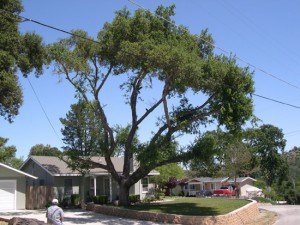
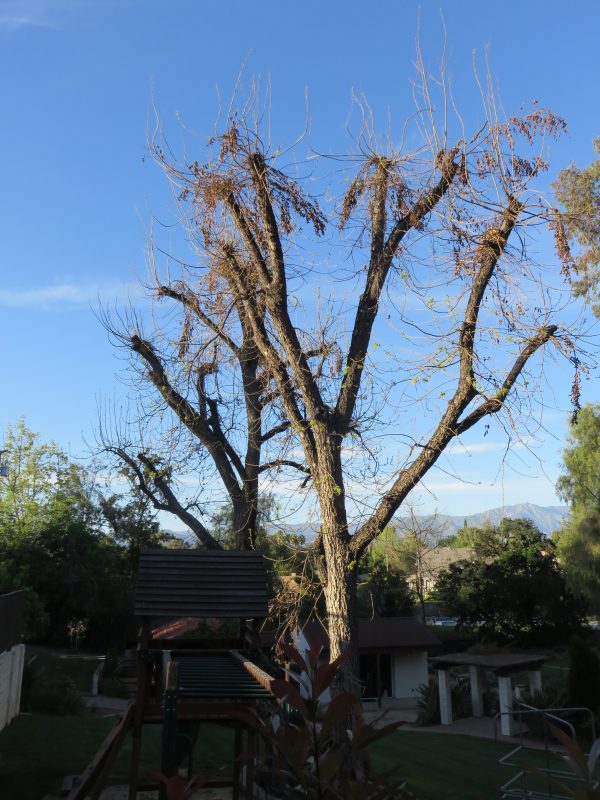


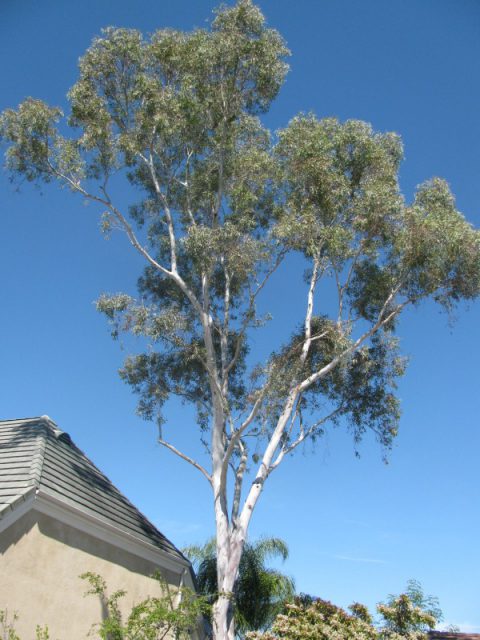

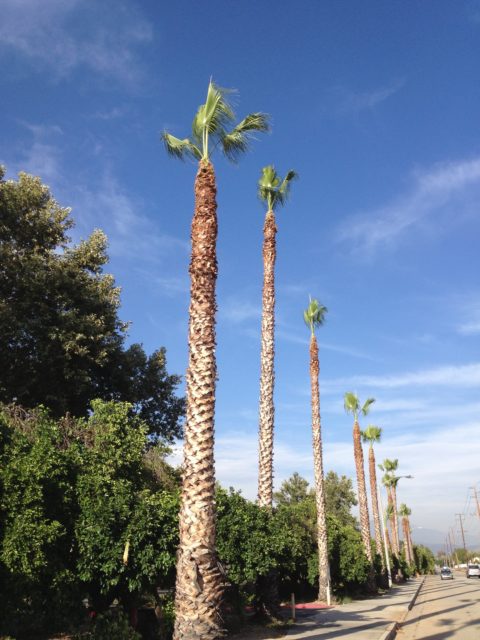
Leave a Reply